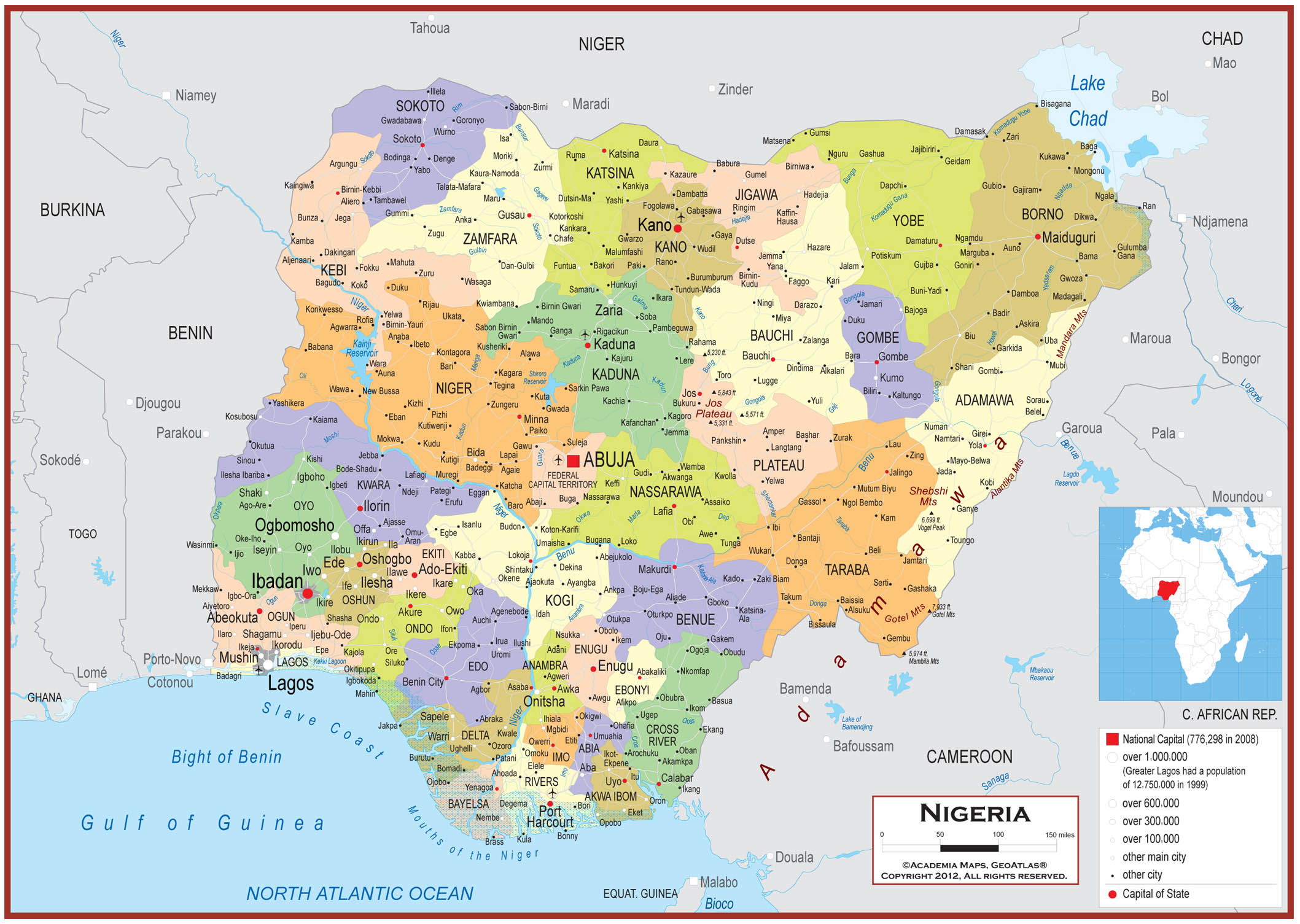The most celebrated African artist of the 20th century was the modernist sculptor-painter from Onitsha, Anambra, Nigeria, born Odinigwe Benedict Chukwukadibia Enwonwu on July 14, 1917. One of the twin sons of cloth merchandiser Chinyelugo Nweze and Omenka Enwonwu, an engineer with the Royal Niger Company, he inherited a love for sculpting from his father, who delighted in carving wood figures with him. His relatives remembered how wood and bamboo chips littered their home, and he created his own child’s world populated with sculptures he called “Man.” Enwonwu’s exceptional talent was recognized by British colonial civil servant Kenneth C. Murray, who tutored him at Government College (secondary school) where he graduated in 1939 and immediately began teaching as an art instructor. His one-man exhibition in 1942 in Benin and Lagos brought needed attention and led to a scholarship and passage to London to matriculate at the revered Slade School of Art and later to study at Oxford University to earn a degree in anthropology.
Back home in 1948, Enwonwu was appointed art supervisor tasked with advising the government on all things related to art. He often traveled to Europe and thus was well aware of artistic trends. When visiting abroad, he acted as a roaming art ambassador. His tour of the United States in 1950, exhibiting his paintings and sculptures, impressed audiences at the Schweitzer Festival in Boston, at Howard University in Washington, D.C., and at New York City’s Roosevelt House. Accolades, recognitions, and commissions followed in the wake of his success in America.
Enwonwu received a tremendous career boost in 1956 when Queen Elizabeth II arrived in Nigeria. It was his suggestion that to properly mark the historic event, he should be awarded a commission to execute a bronze statue of the monarch, something that could be placed prominently at a government building. The British assented, and in March 1957 the Queen made her first of five sitting for Enwonwu at Buckingham Palace, then seven additional sittings at a private studio in London. The press had downplayed the fact that an African was sculpting a portrait of the Queen, and after the project was completed, some critics asserted Enwonwu had ”Africanized” certain features of her body and attire, but, in general, the artistic community and significant others heaped praise on his effort.
Another benchmark in Enwonwu’s career occurred in 1973 when he painted a portrait of Princess Adetutu Ademiluyi, the granddaughter of a Yoruba Ife king (Ooni), which became known as the African Mona Lisa and was a symbol of national unity and reconciliation in the aftermath of the horrendous three-year Nigerian Civil War (l967-1970). The original portrait, titled Tutu, was stolen from Enwonwu’s home. Of the two versions he later painted, one has long been unaccounted for, but the other, painted in 1974, was discovered in a London apartment in 2017 and was auctioned in 2018 for £1.2 million, then a record price for a painting by an African modernist.
Often cited outstanding artworks by Enwonwu include the sculpture Anywanu (1954), the Igbo earth goddess, which for him symbolized “a rising nation (and) the forces embodied in womanhood”; the painting Christine (1967), portrait of an African American woman; and Risen Christ (1986), a wood sculpture initially displayed at the University of Ibadan. An M.B.E. (Member of the Order of the British Empire) and awarded the Bennett Prize by the Royal Society of British Artists, Enwonwu died in Lagos from cancer on February 5, 1994. He was 76.


